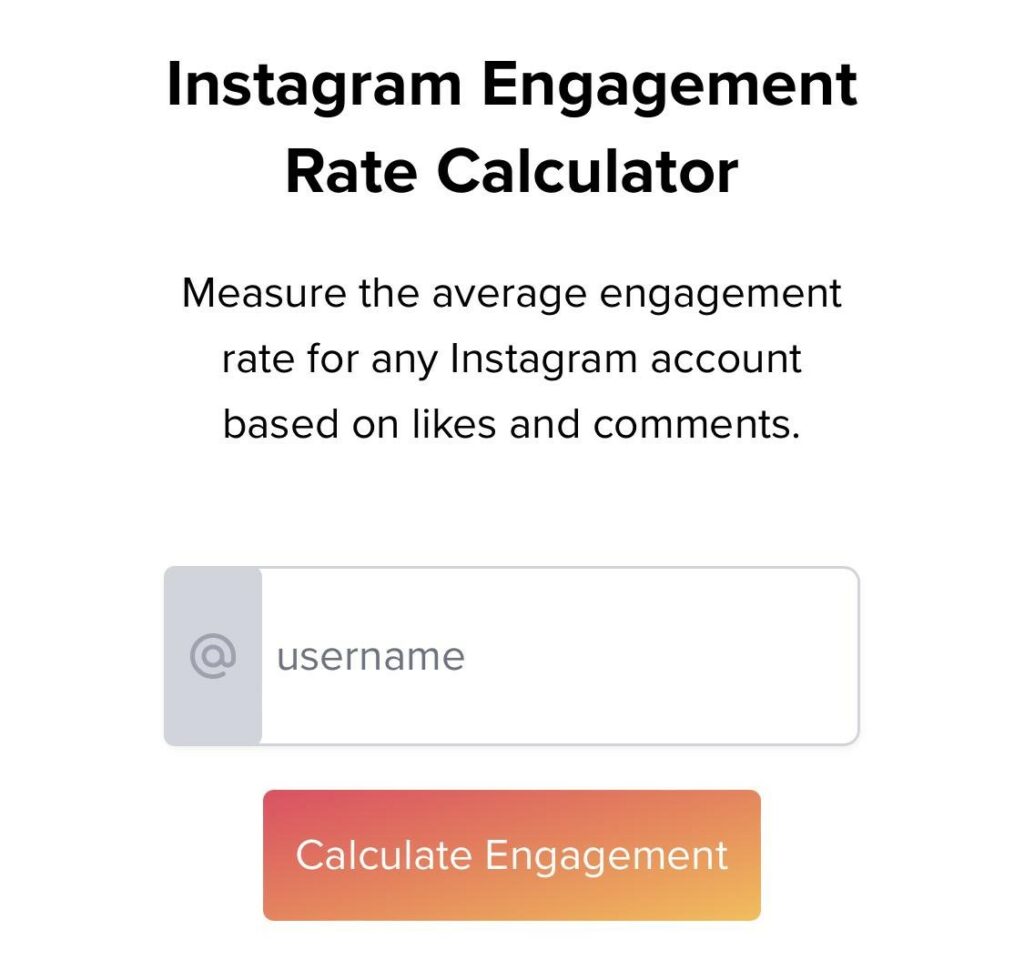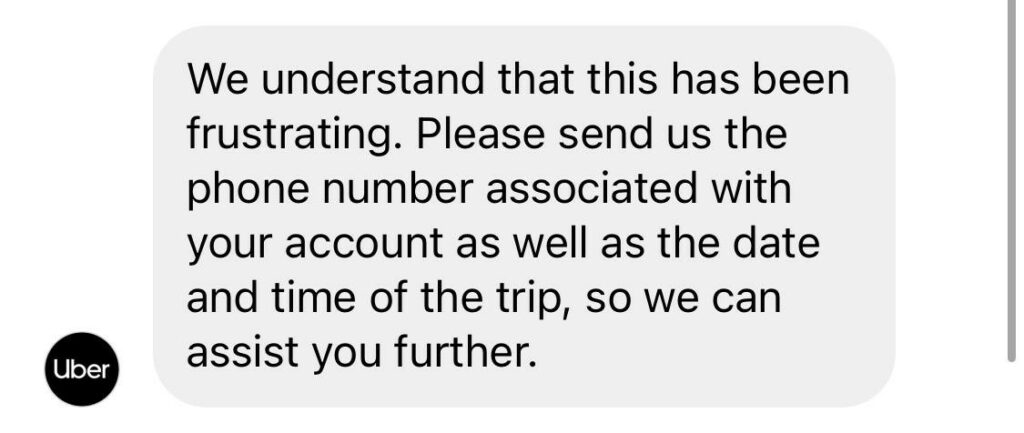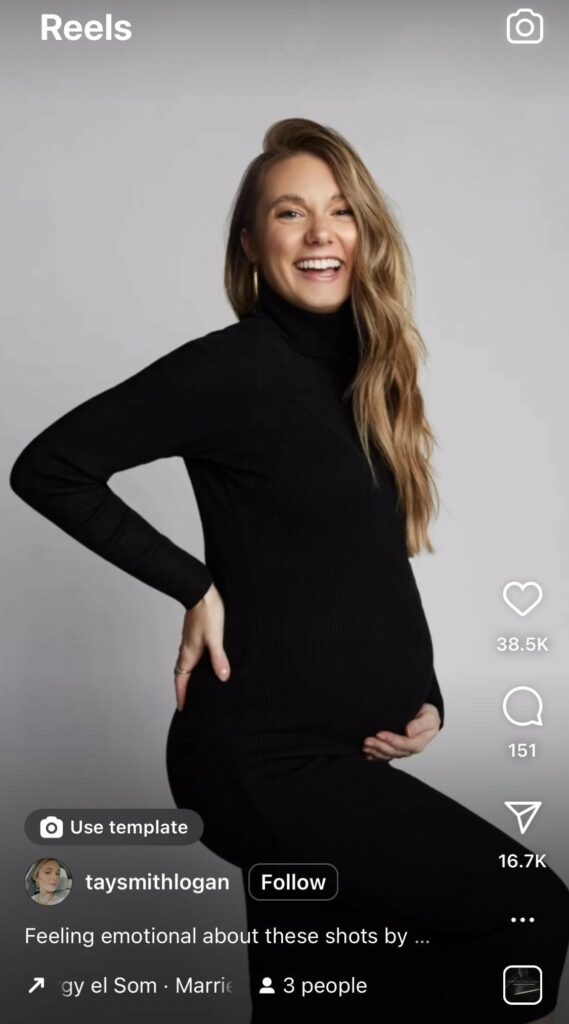Your Instagram engagement rate is an independent measure of a content’s quality, independent of its number of followers. Larger social media accounts are likely to see more interactions on their posts. However, that doesn’t mean their content is better.
You can learn more about your audience’s engagement rate by looking at your Instagram engagement rate. Read on to learn what an Instagram engagement rate is, why it’s so important, how to calculate it, and tips on increasing engagement.
Understanding Engagement Rate
Your engagement rate is the best indicator of what your audience cares about on a social media platform like Instagram. It’s considered currency in the marketing industry.
What’s An Instagram Engagement Rate?
An Instagram engagement rate is a collection of metrics that help you understand how passionate your community is about your brand. This is also an important ranking signal for the platform’s algorithm. When you get good engagement for a story, Reel, or Story, your content gets pushed in front for more people to see. This leads to even more engagement.
A quantitative measure of engagement on Instagram is the number of people interacting with your content. In most cases, engagement rates are calculated by dividing an account’s likes and comments by its number of followers.
On Instagram, engagement includes your number of followers, comments, saves, likes, shares, shares, mentions, use of branded hashtags, click-throughs, DMs, and accounts engagement.
What’s A Good Engagement Rate?
A good engagement rate isn’t a one-size-fits-all concept. Industry, B2B vs. B2C, and several other variables can all affect this.However, Instagram has higher interaction rates than other social media platforms.
Most marketers say a good engagement rate is anywhere between 1% to 5%, but this becomes harder to achieve as you grow your follower count. The sporting industry (0.27%) and influencers (0.23%) report the highest levels of engagement. Based on these numbers, it’s safe to assume that a good engagement rate of 1% is safe.
To find out if your engagement rate is good or not-so-good, try asking yourself what your end goal is regarding Instagram marketing, then measure accordingly. It’s helpful to ask yourself these questions:
- How does your content perform in a given time period? Use your engagement rate over time as a benchmark.
- How well are you performing against your competitors?
- How well are you performing against top industry players in your niche?
How Do You Calculate Your Engagement Rate
The engagement rate formula is relatively straightforward.
The total likes and comments on a post are divided by the number of your followers (or post impressions or reach), and then multiplied by 100.
Instagram Engagement Rate = (interactions/no. of followers) x 100
Apply The Formula Manually
For example, Company A posted on Instagram to their 10,000 followers and received 200 comments, 100 likes, and 50 shares, meaning the total engagement would be 350 (200+100+50).
Following the formula, the Instagram engagement rate of Company A is = 350 (10,000 x 100%) = 3.5%
Use An Instagram Engagement Calculator
To make it easier to figure out your current engagement rate, consider using an Instagram engagement calculator. How it works is you simply type your Instagram handle then the tool does its job. You won’t need to connect your account to the ER calculator to determine your rate.

Remember, though, that the engagement rate is not the only metric to measure whether your campaign or Instagram account is successful. It’s best to check your other metrics like reach, conversion rate, or website clicks.
Also, to objectively understand your Instagram engagement, compare yourself to industry averages and review how your engagement rate changes over time. Try to determine if your overall rate is increasing or decreasing. Think about the posts that create more shares, saves, and comments than other posts you create. Constantly thinking about this helps you determine what’s working vs. what’s not.
Tips To Increase Your Engagement Rate On Instagram
Now that you have an idea about how to found out your engagement rate, the next thing to do is figure out how to improve.
Avoid Fake Followers
Fake followers or spam followers on Instagram can potentially hurt your growth and engagement. Why? For one, fake followers don’t interact with your posts. This sends negative signals to the Instagram Algorithm. Fake followers also make an account less credible.
If left unchecked, spam comments may flag your account as fake engagement, making you less credible. That said, it’s important to know how to get real followers.
Start Conversations With Your Audience
You should know who your audience is so you can start conversations with them. When you have a good idea of who they are, you can spark engagement by doing a Q&A through Stories. You can also take a picture of what you’re working on during a particular day and ask them for their opinions. Also, be sure you’re replying to comments and DMs.

The idea is, the more you know who your followers are, the easier it is to create content that they want. That way, your followers will more likely want to engage with you.
Create Shareable Content
Create content that makes your target audience save and share your post. These two engagement measures are reliable indicators of the effectiveness of your content. Since the Instagram algorithm favors content that can be shared and saved, each time someone clicks “share” or “save,” the Instagram algorithm is aware of your account’s importance.

Shareable and saveable content can be any high-quality content type from memes, Reels, and posts that spark interest mount he intended audience.
Make Instagram Engagement A Priority
Being successful on Instagram means valuing relationships more. The idea is, the better your relationship with your followers or with other users, the higher priority Instagram gives you to show your content to even more users. In other words, more visibility means more chances for engagement. In the end, what you’re doing is building connections with your audience. Once they feel connected to you and your brand, then they’ll most likely engage with your content.